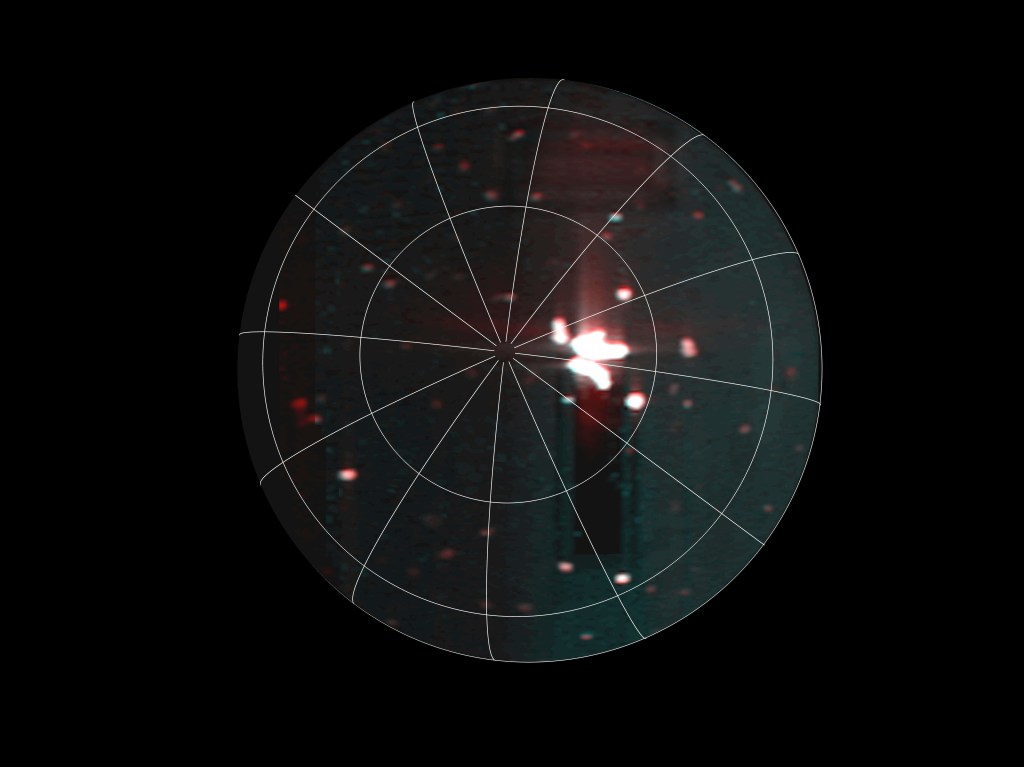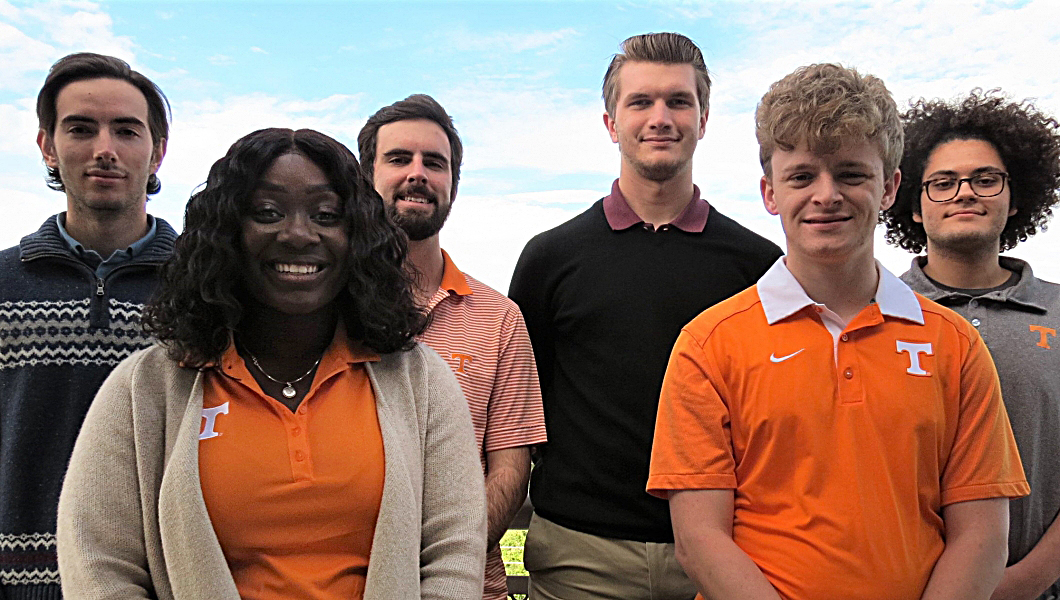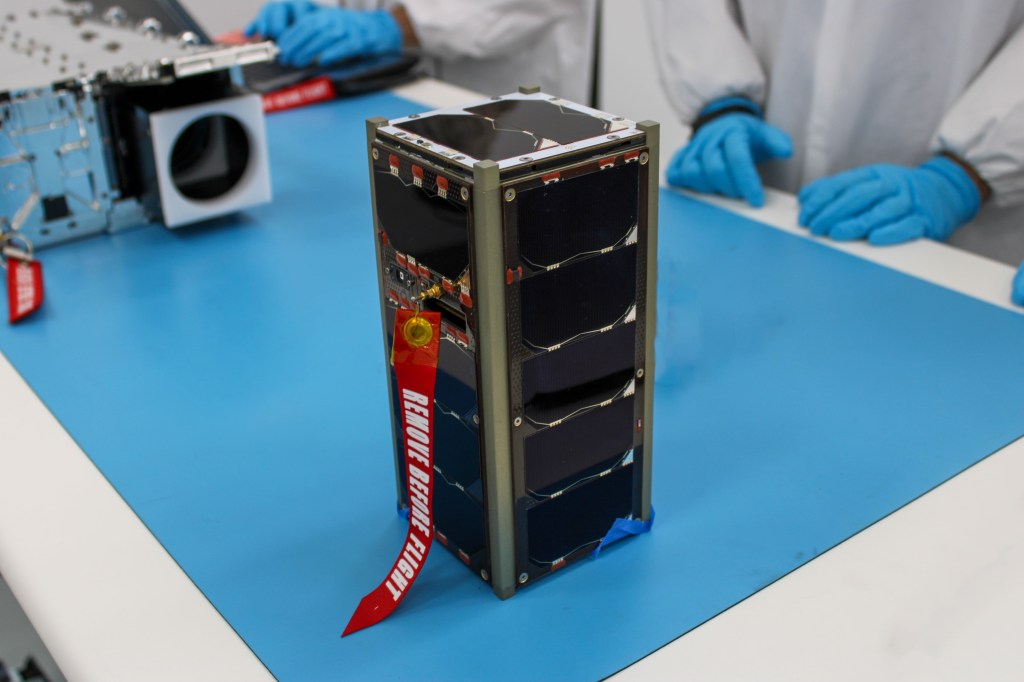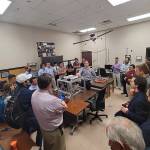Editor’s Note: This interview, which was edited for brevity and clarity, helps mark the conclusion after five years of the first round of research by teams participating in NASA’s University Leadership Initiative (ULI). Learn more about ULI’s first round here.
James Coder, aerospace engineering professor at the University of Tennessee, Knoxville, led Advanced Aerodynamic Design Center for Ultra-Efficient Commercial Vehicles, a project that studied how changing the shape of an airplane’s wing could reduce both weight and drag.
The research centered around slotted natural-laminar flow wings, which harness smooth airflow around a wing to increase an aircraft’s fuel efficiency, and therefore, make flying cheaper and cleaner.
Why did you choose to propose to ULI? It’s not a typical grant.
There are a couple main reasons we proposed to the ULI. The size and scope of the grant allows for a large-scale, concerted project that isn’t typically possible for university researchers, especially in aerospace engineering. ULI’s five-year timespan allowed Ph.D. students to start and finish on the same grant, which is a rare opportunity. In addition, partnering with NASA helped us access their wind tunnels and high-performance computers, which was a huge opportunity for our research and for the students.
What did your research accomplish? Was it what you expected from the start?
Our research showed that slotted, natural-laminar-flow (SNLF) wings are a potential game changer for commercial airplanes. While we had good reason to believe SNLF wings would work, there’s always risk in research. Thanks to our team’s hard work, culminating in a transonic wind tunnel test at NASA’s Ames Research Center in California, we showed natural laminar flow could be achieved at flight conditions as well as a reduction in drag.
How did your students contribute?
Our students were the core of our project. Across the board, every subtask was student driven, including students giving updates during monthly meetings and presenting their work at our annual reviews. Students also participated in summer internships with our industry partner, which was mutually beneficial in furthering their education and technology transfer. In addition, students from across the project team supported our capstone wind tunnel test and gained unique exposure to a world-class test facility.
What was the coolest surprise along the way?
The coolest surprise, by far, was actually seeing laminar flow at flight conditions in the wind tunnel and confirming our predictions. With much help from NASA Ames, we were able to see this by using infrared thermography that showed where the flow switched from laminar to turbulent on the surface. Predictions are one thing but seeing it in real life is something else entirely!
Following ULI, what comes next?
We would very much like to keep working on SNLF and do more transonic testing, and maybe eventually a flight test. Our project team was multidisciplinary, so a wide range of research interests is possible. We also see opportunities to apply the tools and lessons learned from ULI to other areas of aeronautics, such as advanced air mobility.





































